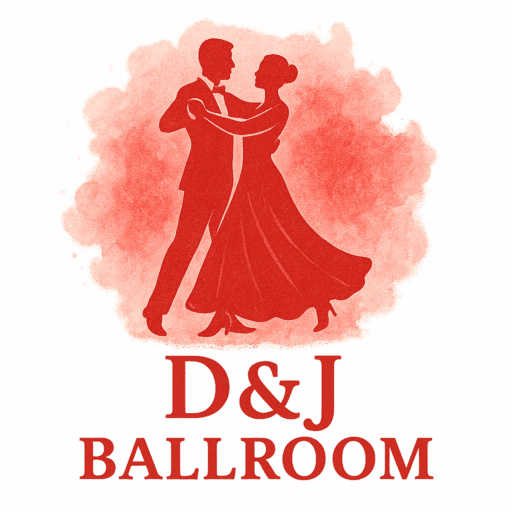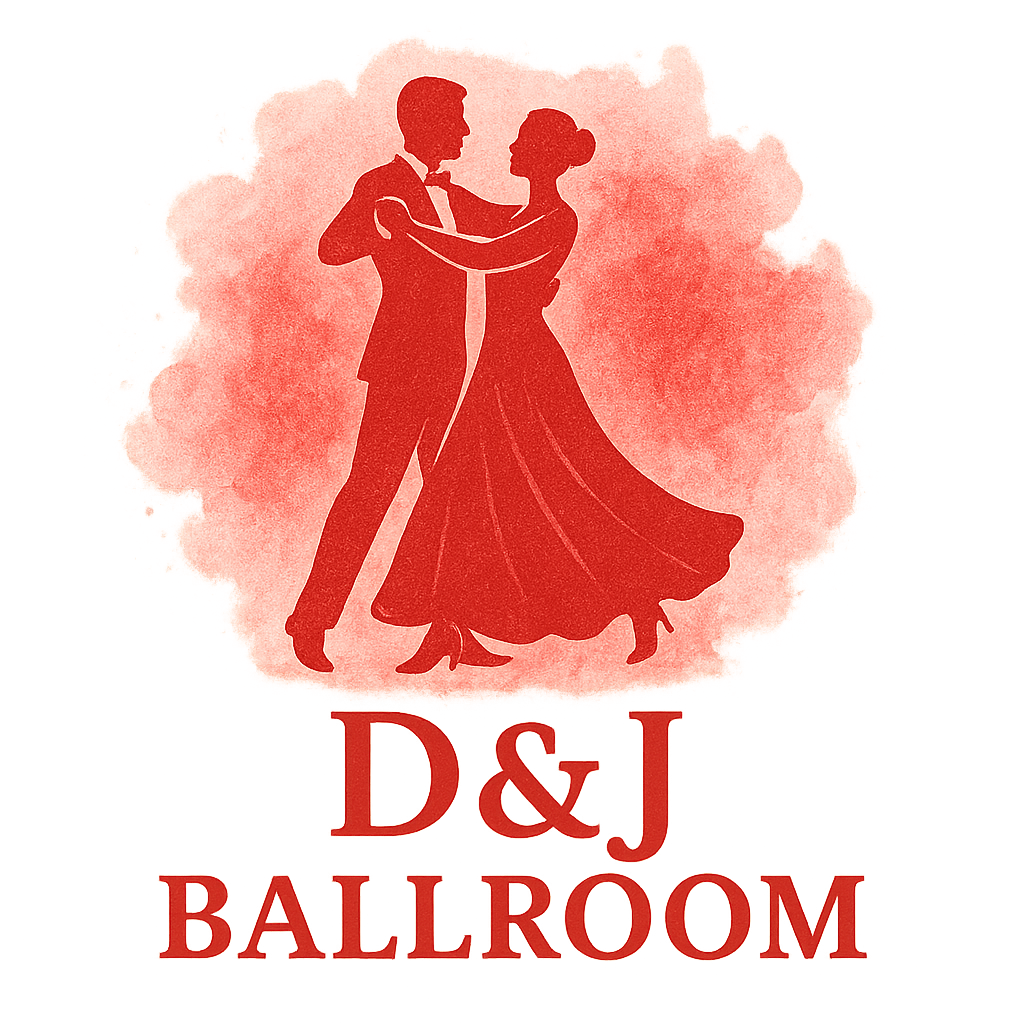Introduction to Ballroom Training at Home
Have you ever wished you could improve your ballroom dancing skills without waiting for your next class? The good news is, you don’t need a fancy studio or expensive equipment. With a little creativity, your living room can become the perfect training ground. Today, we’ll break down 6 living room ballroom technique drills for beginners that will sharpen your skills, boost your confidence, and prepare you for the dance floor.
Why Practice Ballroom Drills in Your Living Room?
Convenience and Comfort
Your living room is the most accessible practice spot you’ll ever have. You don’t need to book space or wait for studio hours—simply clear a little floor space and you’re good to go.
Cost-Effective Training
Studio sessions are valuable, but regular solo practice at home saves you money while keeping your progress steady.
Building Confidence Before Class
When you rehearse drills at home, you arrive at class prepared, less nervous, and ready to focus on finer details instead of just catching up.

Setting Up Your Living Room for Ballroom Drills
Choosing the Right Space
Pick an area with enough clearance for steps and arm movements. Even a 6×6-foot space can be enough for foundational drills.
Flooring and Footwear Considerations
Hardwood, laminate, or tile floors are best. Avoid carpets if possible since they can hinder smooth footwork. Wear ballroom practice shoes or lightweight socks to glide.
Safety and Lighting Tips
Clear away coffee tables, rugs, or cords that could trip you up. Bright lighting helps you see your reflection if you’re practicing near a mirror.
Drill 1: Posture Perfection
Standing Tall for Ballroom Dancing
In ballroom, posture is everything—it’s your foundation. Imagine a string pulling you upward from the crown of your head while your shoulders stay relaxed and down.
Common Posture Mistakes to Avoid
- Hunching shoulders
- Sticking your chin forward
- Arching your back too much
Simple Exercise to Improve Posture
Stand with your back against the wall, heels touching the base. Align your shoulders, hips, and head. Step away and hold that position while walking slowly across the room.
Drill 2: Frame and Arm Extension
Importance of Ballroom Frame
Your frame communicates with your partner. A strong but flexible frame ensures balance, connection, and elegance.
Mirror Exercise for Frame Control
Stand in front of a mirror with arms extended as if holding a partner. Maintain even height on both elbows and avoid drooping shoulders.
Arm Extension Flow Drill
Practice extending your arms out slowly, as though you’re stretching toward the corners of the room. This builds strength and graceful movement.
Drill 3: Weight Transfer and Balance
Mastering Smooth Transitions
Weight transfer is the difference between stiff movement and fluid dancing. Your center of gravity should move naturally with every step.
Heel-to-Toe Walking Drill
Walk slowly across the room, rolling from heel to toe, ensuring your weight fully shifts before the next step.
Core Engagement Technique
Stand on one leg and engage your core to hold balance for a few seconds. Alternate legs while keeping your posture tall.
Drill 4: Basic Footwork Patterns
Practicing Waltz Box Step
The Waltz box is a beginner’s best friend. Mark out a small square with tape on your floor and step through the pattern repeatedly until it feels effortless.
Learning Rumba Basic at Home
Use slow rumba music to guide your steps: quick, quick, slow. Focus on hip action and smooth transitions.
Drill 5: Rhythm and Timing Practice
Using Music Effectively
Turn on ballroom playlists and step in time. Start with slower tempos before working up to competition speed.
Clapping and Stepping Exercises
If timing feels tricky, strip it back—clap the rhythm, then add footwork. This helps your body internalize beats naturally.
Drill 6: Head Position and Spotting
How Head Position Shapes Your Style
Your head is more than decoration—it directs your lines. A lifted chin and soft focus create elegance, especially in dances like the Waltz or Tango.
Spotting Practice in Small Spaces
Stand in place and turn your body slowly, snapping your head to a fixed spot. This builds balance and prevents dizziness in spins.
Tips to Stay Motivated While Practicing at Home
Setting a Consistent Schedule
Even 15 minutes daily beats an hour once a week. Consistency keeps your muscle memory sharp.
Using Online Resources for Guidance
Follow tutorials, like those from ballroom techniques & training, to stay on track with professional advice.
Recording Yourself for Feedback
Set up your phone and record a practice session. Reviewing footage reveals posture slips, timing issues, and areas for improvement.
Common Beginner Mistakes and How to Fix Them
Overthinking Footwork
Don’t get stuck memorizing. Focus on rhythm and flow—your feet will follow naturally with practice.
Ignoring Posture and Frame
Without posture and frame, even perfect steps look messy. Keep them top priority.
Rushing Through Music
Slow down! Match your movement to the beat instead of racing ahead.
Taking Your Living Room Practice to the Ballroom
Transitioning from Solo to Partner Work
Once comfortable with drills, add a partner. Start slow, focus on connection, and apply the solo skills you’ve built.
Preparing for Ballroom Classes or Competitions
Your living room practice lays the groundwork. When you step into class, you’ll shine with confidence and progress faster.
Conclusion
Practicing living room ballroom technique drills for beginners is a game-changer. By focusing on posture, frame, balance, footwork, rhythm, and head position, you’re building strong foundations right at home. With consistency and creativity, your living room can be your secret training studio that sets you apart on the dance floor.
FAQs
Q1: Can I really improve ballroom skills just practicing at home?
Yes! Drills sharpen your technique so you progress faster in classes.
Q2: How much space do I need for these drills?
A small open area, around 6×6 feet, is enough for most beginner exercises.
Q3: Do I need special shoes for home practice?
Ballroom practice shoes are ideal, but socks work fine for smooth gliding.
Q4: How often should I practice ballroom drills in my living room?
Aim for 15–30 minutes daily or at least 3 times per week for best results.
Q5: What kind of music should I use for rhythm drills?
Use ballroom-specific playlists with clear tempos like Waltz, Rumba, or Cha-Cha.
Q6: How do I know if I’m practicing drills correctly?
Use mirrors, record videos, or check online tutorials for self-correction.
Q7: Can these drills help me prepare for competitions?
Definitely! They strengthen fundamentals, giving you an edge in performance.


